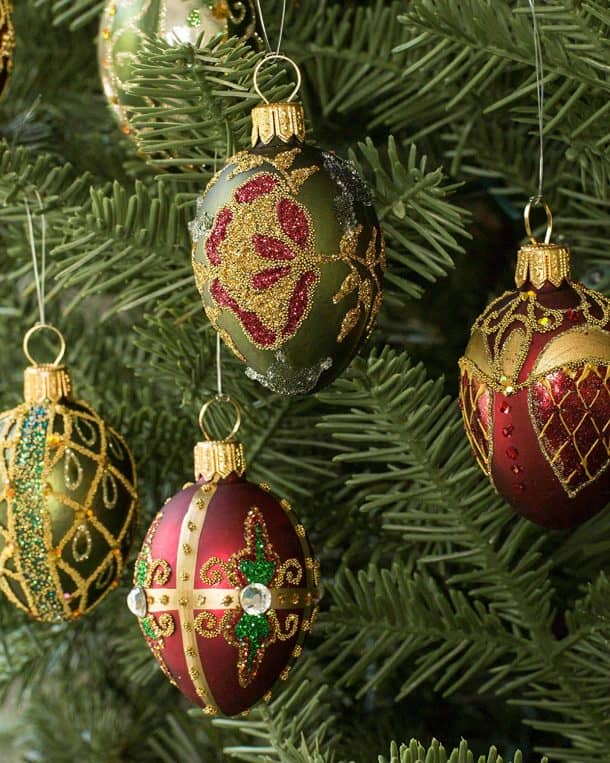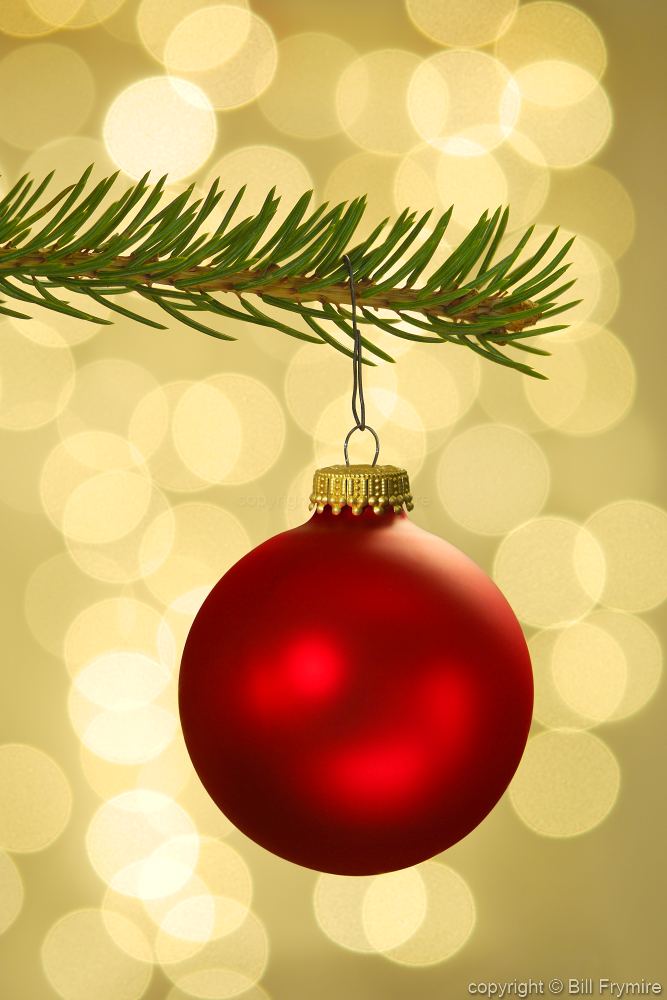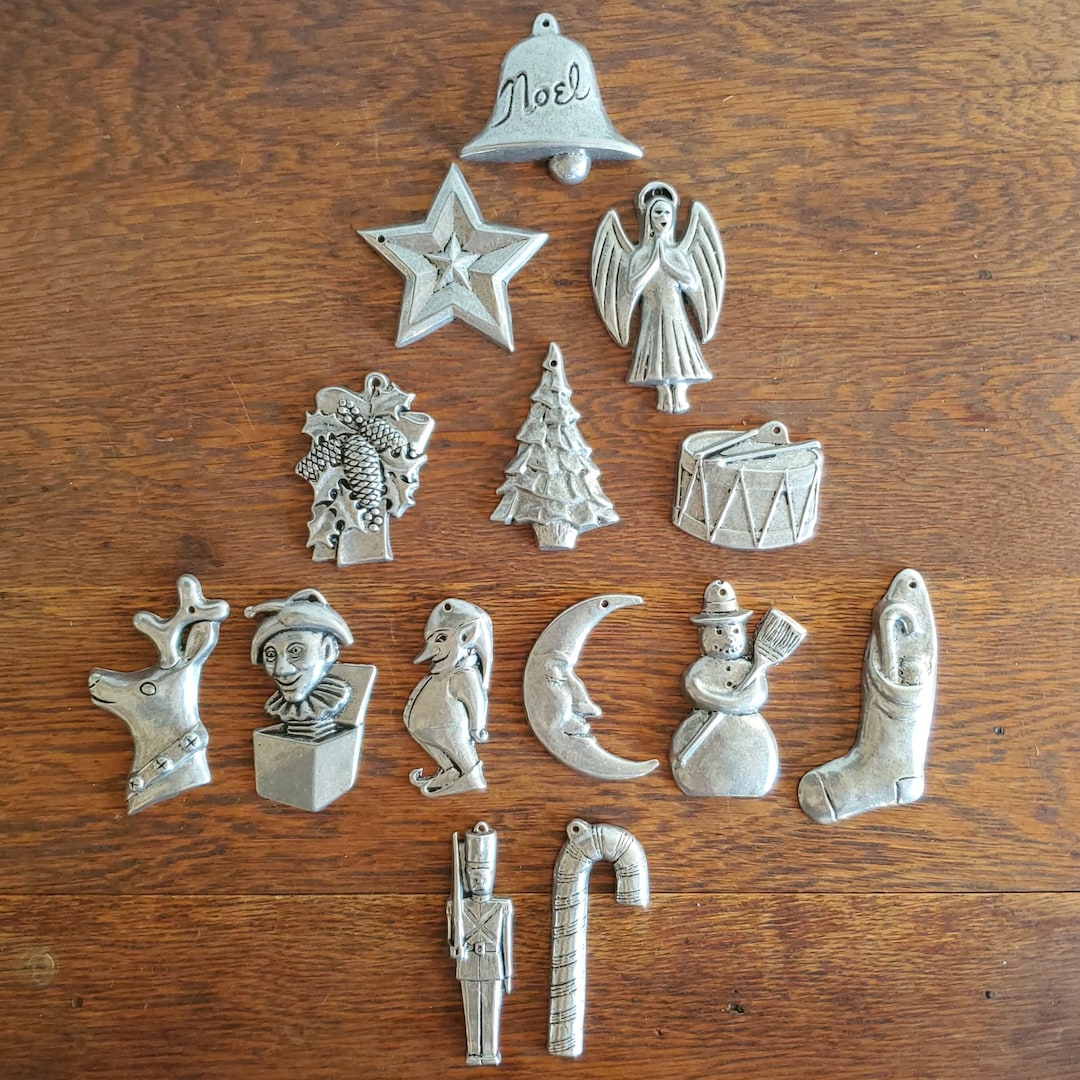The Enduring Appeal Of Christmas Tree Ornaments: A Visual History And Cultural Significance
The Enduring Appeal of Christmas Tree Ornaments: A Visual History and Cultural Significance
Related Articles: The Enduring Appeal of Christmas Tree Ornaments: A Visual History and Cultural Significance
Introduction
With enthusiasm, let’s navigate through the intriguing topic related to The Enduring Appeal of Christmas Tree Ornaments: A Visual History and Cultural Significance. Let’s weave interesting information and offer fresh perspectives to the readers.
Table of Content
The Enduring Appeal of Christmas Tree Ornaments: A Visual History and Cultural Significance

The Christmas tree, adorned with twinkling lights and colorful baubles, stands as a cherished symbol of the holiday season. But beyond the festive aesthetic, the ornaments that grace its branches tell a rich story of tradition, craftsmanship, and cultural expression. These seemingly simple decorations hold a profound significance, reflecting the evolution of societal values, artistic trends, and personal memories over time.
A Journey Through Time: The Evolution of Christmas Tree Ornaments
The practice of decorating trees for Christmas dates back centuries, with origins in ancient Germanic and pagan traditions. While the exact origins of Christmas tree ornaments are debated, early forms included edible treats like apples, nuts, and gingerbread, symbolizing bounty and good fortune. As the holiday evolved, these were joined by handcrafted items like paper chains, straw stars, and hand-painted glass spheres.
The 16th century saw the emergence of blown-glass ornaments in Germany, a tradition that continues to this day. The delicate, hand-painted glass baubles, often featuring intricate designs and religious motifs, became a hallmark of European Christmas celebrations. This period also saw the rise of homemade ornaments made from materials readily available, such as wood, fabric, and even dried fruit.
The 19th century witnessed the spread of Christmas tree traditions to other parts of the world, including North America. This era saw the introduction of mass-produced ornaments, made from materials like metal, plastic, and even cardboard. The Victorian era, with its emphasis on sentimentality and domesticity, saw the rise of ornaments featuring sentimental motifs, such as angels, Santa Claus, and cherubs.
The 20th century saw a significant shift in ornament production, with advancements in technology leading to the development of more durable and intricate designs. The rise of mass production and consumerism led to a wider variety of ornaments, encompassing themes from popular culture, cartoons, and even sports teams.
Beyond Decoration: The Meaning and Significance of Christmas Tree Ornaments
Christmas tree ornaments are more than just decorative elements; they are imbued with meaning and significance that transcends their visual appeal. They serve as tangible reminders of cherished memories, family traditions, and cultural heritage.
-
Nostalgia and Family History: Ornaments often carry sentimental value, representing special moments and family history. A hand-painted ornament made by a child, a vintage bauble from a grandmother’s collection, or a unique souvenir from a holiday trip can evoke fond memories and strengthen family bonds.
-
Cultural Expression: Ornaments reflect the diverse cultural traditions and artistic practices of different communities. From the intricate glass baubles of Germany to the handcrafted paper ornaments of Japan, each ornament embodies the unique aesthetic sensibilities and cultural heritage of its origin.
-
Personal Expression: Ornaments can also be a form of personal expression, reflecting individual interests, hobbies, and passions. A sports fan might adorn their tree with ornaments representing their favorite team, while an avid reader might choose ornaments with literary themes.
-
Religious Symbolism: For many, Christmas tree ornaments hold religious significance, representing faith, hope, and the spirit of the season. Traditional motifs like stars, angels, and nativity scenes symbolize the birth of Christ and the message of peace and goodwill.
-
Contemporary Trends: In recent years, there has been a growing trend towards personalized and unique ornaments, reflecting the desire for individuality and self-expression. This includes ornaments with custom inscriptions, photographs, and even miniature replicas of cherished objects.
The Enduring Appeal of Christmas Tree Ornaments: A Reflection of Our Values
The enduring popularity of Christmas tree ornaments speaks to their ability to transcend generations and connect us to our shared human experiences. These seemingly simple decorations evoke feelings of joy, nostalgia, and belonging, reminding us of the importance of family, tradition, and the spirit of the season.
Frequently Asked Questions About Christmas Tree Ornaments
Q: What are the most popular Christmas tree ornament materials?
A: The most common materials for Christmas tree ornaments include:
- Glass: Blown glass ornaments, often hand-painted, are a classic choice known for their elegance and durability.
- Plastic: Plastic ornaments are affordable, lightweight, and come in a wide variety of colors, shapes, and designs.
- Metal: Metal ornaments, typically made from tin, aluminum, or copper, offer a more modern and sophisticated look.
- Wood: Wooden ornaments, often hand-carved or painted, provide a rustic and natural aesthetic.
- Fabric: Fabric ornaments, made from felt, burlap, or other textiles, offer a soft and whimsical touch.
Q: What are some popular Christmas tree ornament themes?
A: Christmas tree ornaments come in a wide range of themes, reflecting cultural traditions, personal interests, and current trends. Some popular themes include:
- Traditional: Angels, stars, nativity scenes, and Santa Claus are classic Christmas motifs that evoke a sense of nostalgia and tradition.
- Nature: Ornaments featuring pine cones, snowflakes, berries, and other natural elements create a rustic and elegant ambiance.
- Holiday Characters: Ornaments featuring popular holiday characters like Rudolph the Red-Nosed Reindeer, Frosty the Snowman, and the Grinch add a whimsical and playful touch.
- Personalized: Ornaments with custom inscriptions, photographs, or miniature replicas of cherished objects offer a personal and sentimental touch.
- Modern: Ornaments featuring abstract designs, geometric shapes, and metallic finishes reflect contemporary trends in interior design.
Q: How can I care for my Christmas tree ornaments?
A: Proper care and storage can help preserve the beauty and longevity of your Christmas tree ornaments:
- Handle with care: Avoid dropping or bumping ornaments, as they can easily break or chip.
- Dust regularly: Dust ornaments with a soft cloth or feather duster to prevent the accumulation of dirt and grime.
- Store properly: After the holiday season, store ornaments in a cool, dry place, preferably in a padded box or ornament storage container.
Tips for Choosing and Displaying Christmas Tree Ornaments
- Consider the overall theme: Choose ornaments that complement the overall theme and style of your Christmas tree and decorations.
- Mix and match: Create visual interest by mixing and matching different colors, shapes, and textures of ornaments.
- Embrace personal touches: Include ornaments that reflect your family history, personal interests, and cherished memories.
- Use a variety of sizes: Incorporate a mix of large and small ornaments to create depth and visual balance.
- Consider the lighting: Choose ornaments that reflect and refract light beautifully, enhancing the overall ambiance of your Christmas tree.
Conclusion: The Enduring Magic of Christmas Tree Ornaments
Christmas tree ornaments, with their rich history, diverse cultural expressions, and profound personal significance, remain a cherished part of holiday celebrations around the world. These seemingly simple decorations serve as tangible reminders of cherished memories, family traditions, and the enduring spirit of the season. By understanding their evolution, meaning, and cultural significance, we can appreciate the enduring magic of Christmas tree ornaments and their ability to bring joy and wonder to our lives.








Closure
Thus, we hope this article has provided valuable insights into The Enduring Appeal of Christmas Tree Ornaments: A Visual History and Cultural Significance. We appreciate your attention to our article. See you in our next article!
Leave a Reply